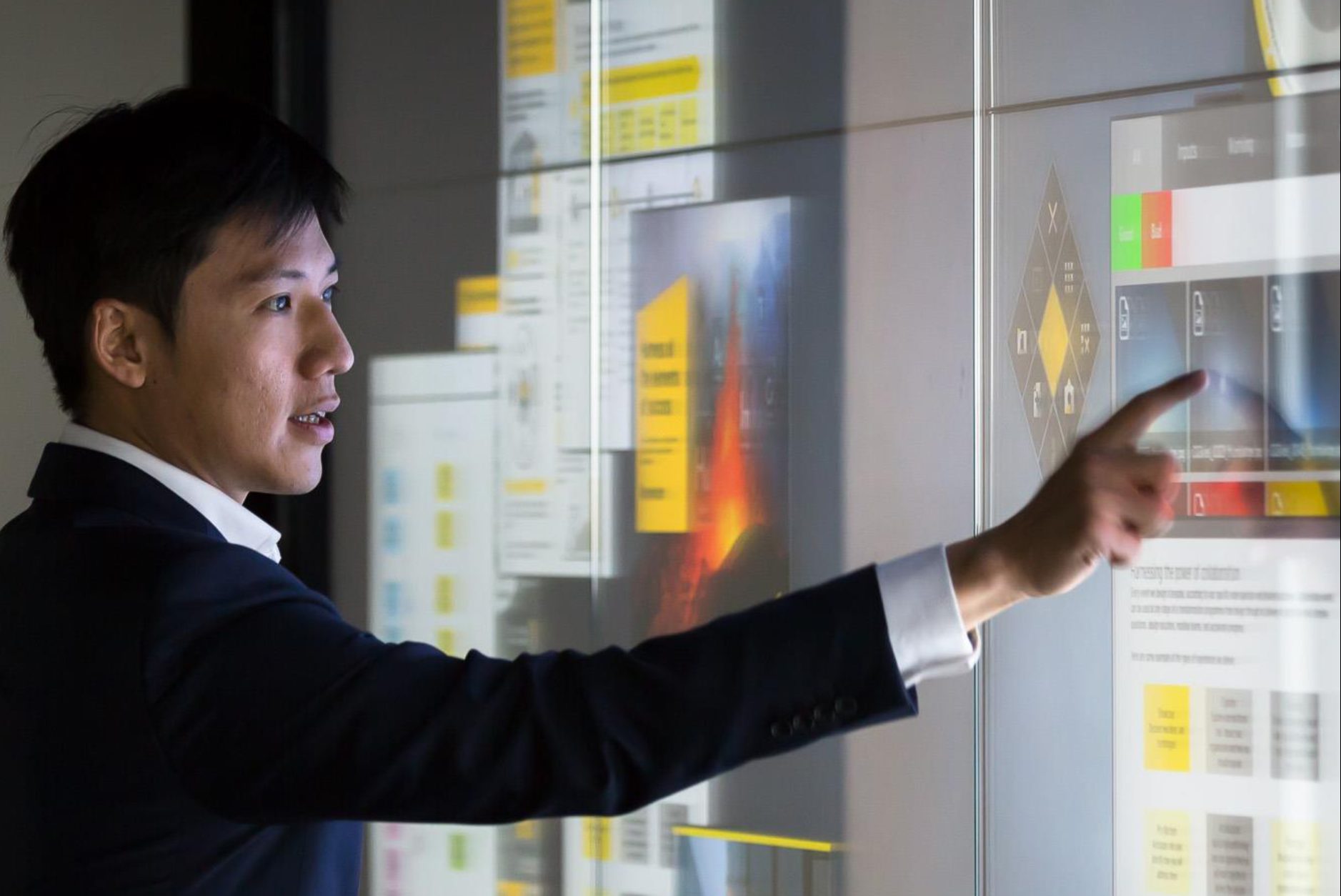
Previously we looked at ways those involved in major AV projects can ensure success, before revealing the issues around logistics and a lack of clarity from the client. In the final part, Ian McMurray explains the importance of planning and having processes in place to handle increasingly complex installs.
Roland Hemming’s position is that even if the precise nature of the challenges can’t readily be identified, that’s no reason not to try.
“I think I always know when a project is going to have challenges,” he discloses. “If I hadn’t anticipated that things might escalate, then I would regard that as a failure on my part. As project manager, there’s simply no excuse for not grasping the nature of the project. Obviously, you can’t anticipate every detail or problem – but it’s essential that you have an understanding of the stakeholders, the real requirements and how the project might evolve.”
No one doubts that attempting to de-risk a potentially challenging project at the outset is vital. Not doing so will, for example, almost certainly impact a successful, on-time implementation – with its possibly negative impact on the customer relationship and the likelihood of future commissions. That, perhaps, is an even worse scenario than one which results in cost overruns that can turn a project from profit to loss.
It’s all about preparation. Eliot Fulton-Langley, solutions architect at CDEC, has an example. “One recent project we undertook was for a major London university that commissioned CDEC to supply and install AV systems into 91 rooms across the campus,” he explains. “We built a strong relationship with the university and understood the critical factor for the success of this project was minimising the impact and amount of time the rooms were out of action during the physical onsite installations.
“In view of this, we worked closely with the rack build team to effectively enable us to ‘wheel in’ a completed room of kit,” he continues. “Through this system, CDEC effectively built, configured and programmed the majority of equipment offsite. This meant the various spaces could be installed in minimal time, allowing the room to be free for student bookings. Because of the success of the programmed offsite build process, what was to be a 30-month rollout was able to be condensed into a nine-month project. This allowed more rooms to be upgraded in year one and the completion of the enhanced learning environments to be implemented sooner.”
Long-term planning is crucial in ensuring risks are mitigated
Ross Magri, Sarner
Planning
His experience is mirrored by Ross Magri, managing director of Sarner. “Planning, planning and planning is central, allowing sufficient time to ensure the design is cross-checked and reviewed, and new solutions properly evaluated and tested,” he says. “Equipment purchased in sufficient time to allow racks to be built and tested in advance of shipping, equipment soak-tested to ensure that any early failures are identified and resolved – these are key to maximising the chances of a successful complex project.”
The recurring cliché, of course, that’s often (if not necessarily accurately) attributed to Benjamin Franklin, is: “If you fail to plan, you are planning to fail.” It becomes clear that, for even the apparently simplest of projects, detailed analysis of potential complexities and the risks they may bring is an absolute pre-requisite. Projects don’t always start life as complex projects, nor do they conveniently announce themselves as being complex. And: to somewhat twist a well-known epithet: complexity happens.
“Long-term planning is crucial in ensuring risks are mitigated,” says Magri. “That’s why we make sure that every project has a competent project manager to ensure that schedules are maintained and projects are delivered on time. Advance planning and offsite build will ensure risks are minimised, making sure that issues are identified early in the project’s timeline.”
Relationships are key
“We have processes in place to manage complexity,” adds Fulton-Langley. “Additionally, each risk or issue is addressed by the on-site project team, based on the specifics of the risk or issue, and they bring in wider company resources if required. Relationships are key, across all involved parties, not just the integrator and customer, although that is a central relationship. Make sure you keep communicating with all relevant parties and listen to the customer. Clarity across the board, internally and externally, is crucial.”
“Our process kicks in at the front end to mitigate the pain points as they are identified,” says Steve Blyth, founder and group CEO of Engage Works, “and we don’t move forward until all risk points have been removed and signed off.”
Blair Parkin offers some guidance. “Listen, communicate, share your concerns and any issues as early on as you can,” he advises. “Preparedness in terms of research, open communication and transparency is the only way to thrive and prosper in a complex project environment.”
Echoing the old adage to be heard in cynical cubicles around the world – “no failure shall go unrewarded, and no success unpunished” – there is an extent to which the AV industry has become a victim of its own success. The more manufacturers and integrators show they can do, the more customers want, and, often, the more complex a project will become – and not only at the outset… The consensus in the industry seems to be that, above all, complex projects require more thought – which is exactly what we have those 100 billion neurons for.
www.cdec.co.uk
www.engageworks.com
www.rhconsulting.eu
www.sarner.com







